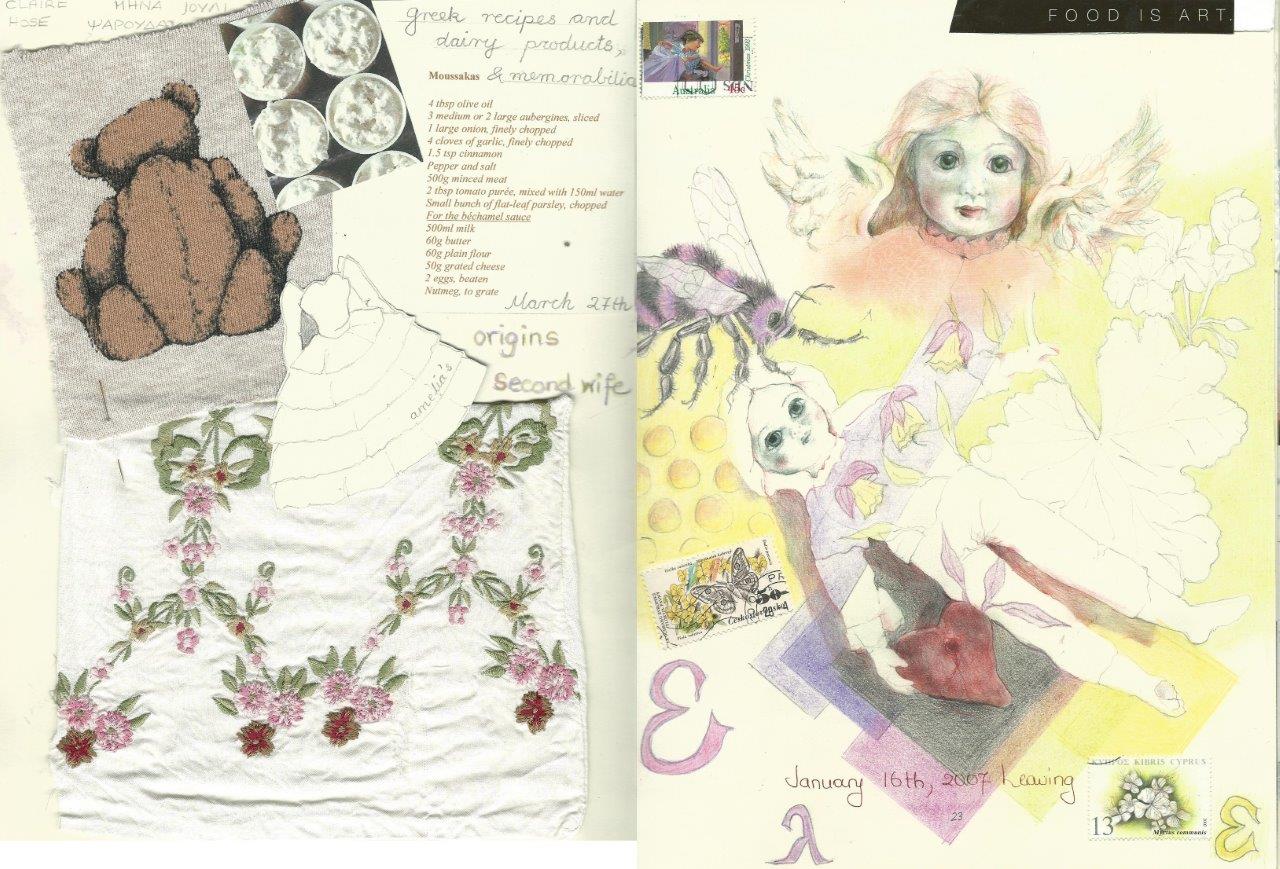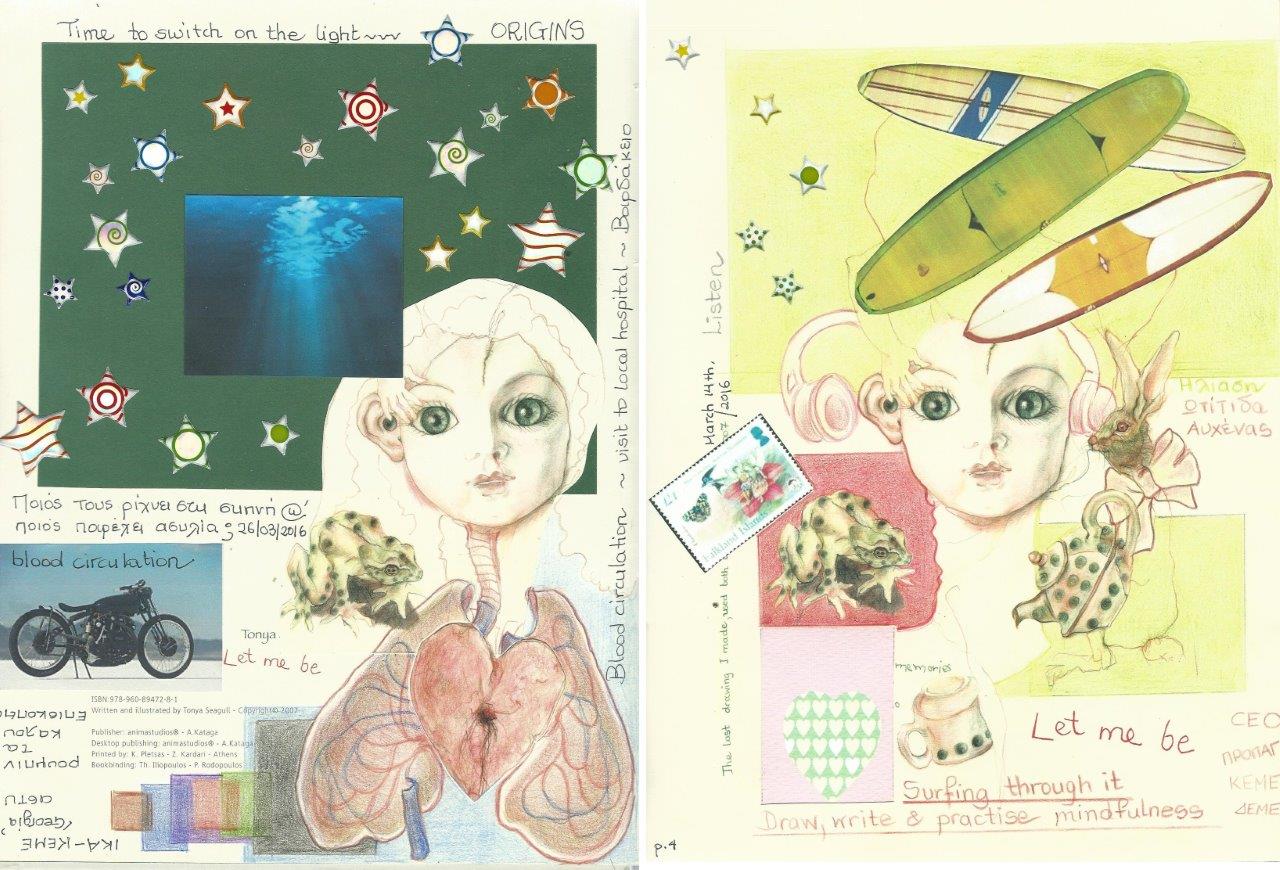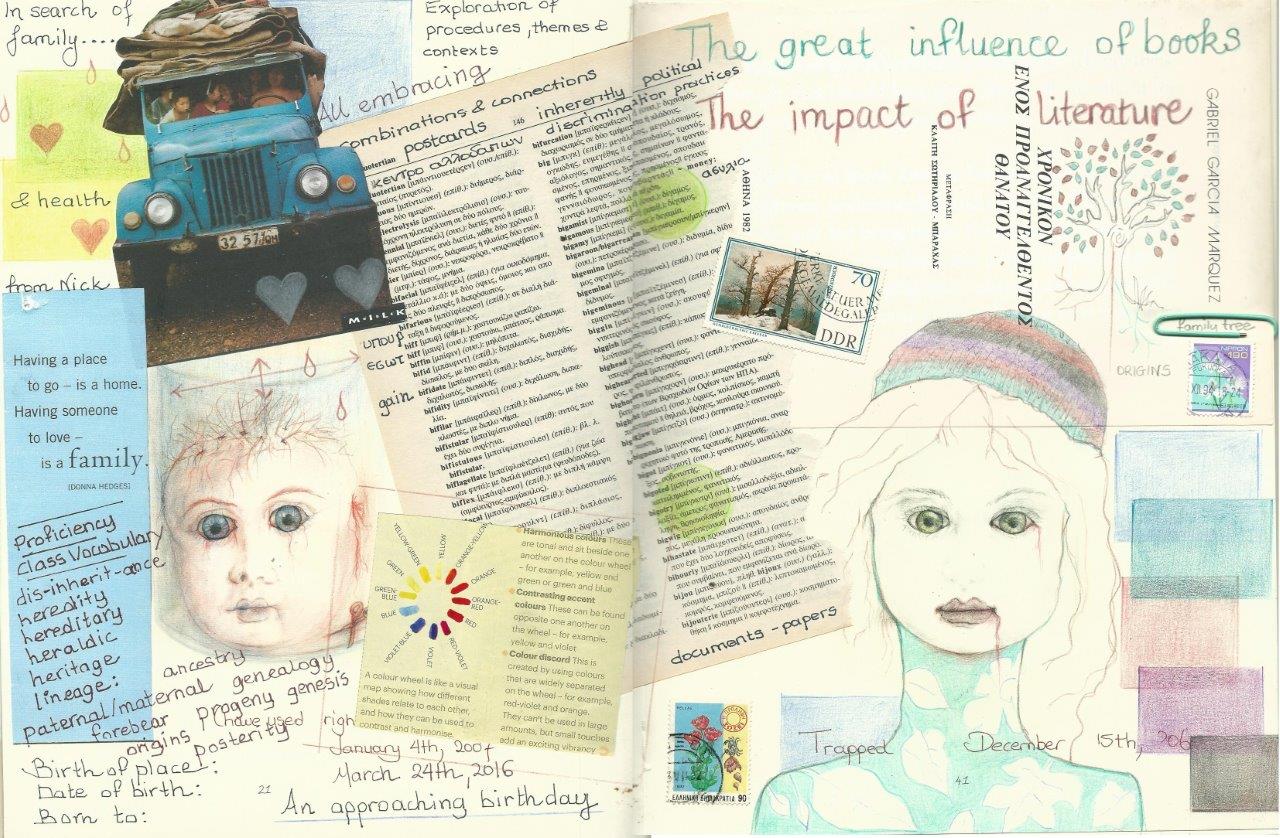Briefly on books, reading, breathing and remembering… (edited)
I have always liked books and I have always read – less or more -depending on time and life circumstances. I have read for pleasure or as part of studying. I have read for exams or work. I have read both out of interest and necessity. I have read to while the time away or escape from worries, but also to expand my knowledge. I have read attentively – deeply engrossed in something – or in a more distracted frame of mind. I have read at home, in hotel rooms, in libraries, on the beach, on trains and boats. I have read while drinking coffee and eating snacks and recently more mindfully.Read more
Recording events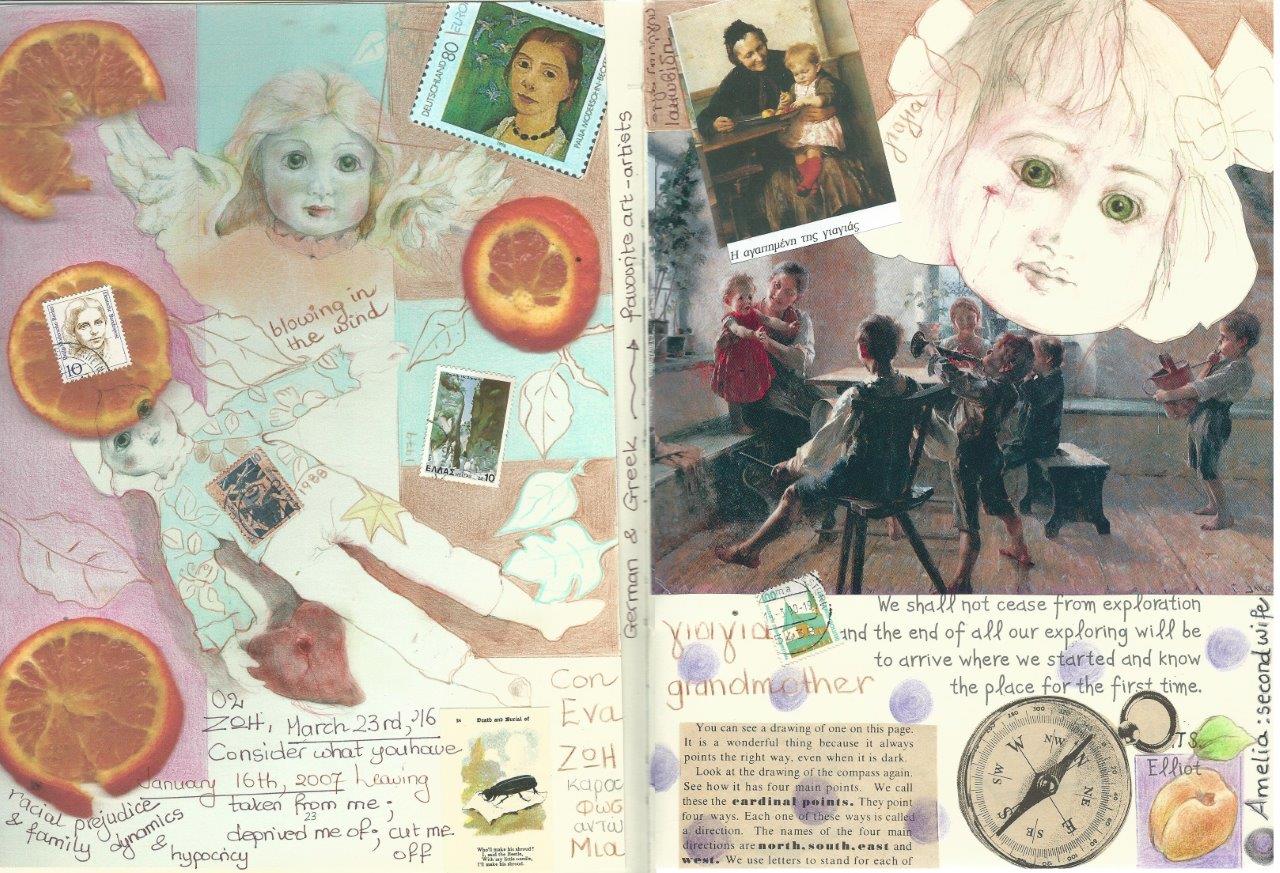
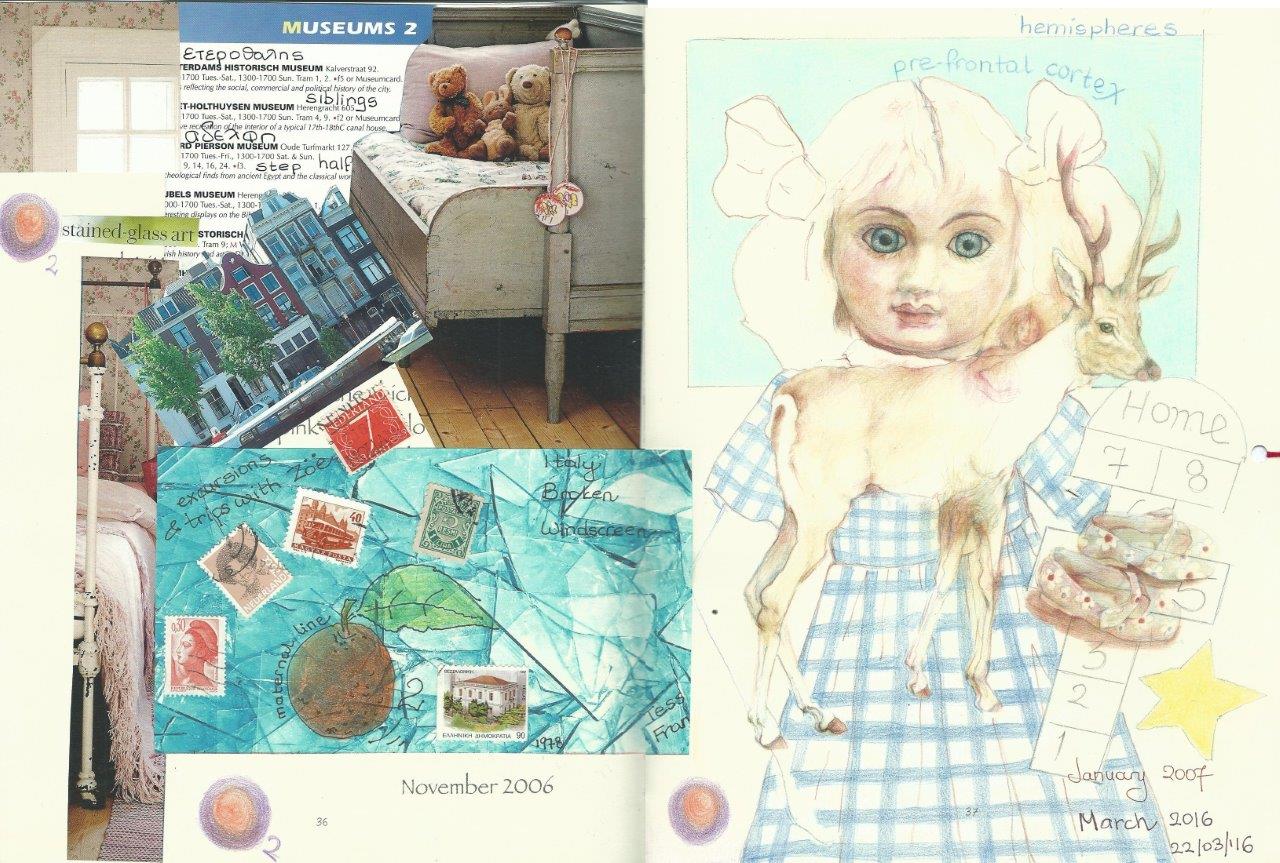 ‘There will always be people who will hurt you, so you need to continue trusting, just be careful’ by Gabriel Garcia Marquez
‘There will always be people who will hurt you, so you need to continue trusting, just be careful’ by Gabriel Garcia Marquez
“He was healthier than the rest of us, but when you listened with the stethoscope you could hear the tears bubbling inside his heart” (1981, Gabriel García Márquez)
‘The heart’s memory eliminates the bad and magnifies the good; and thanks to this artifice we manage to endure the burdens of the past’ by Gabriel Garcia Marquez
‘Humanity has this need to hear stories because they connect us with other people, they teach us about our own feelings. We feel less lonely when we see other people going through the same things, even if they’re fictional characters’ (A life of letters by Isabel Allende, 2013)
‘Write what should not be forgotten’ (Isabel Allende)
‘Writing is a process, a journey into memory and the soul’ (Isabel Allende)

